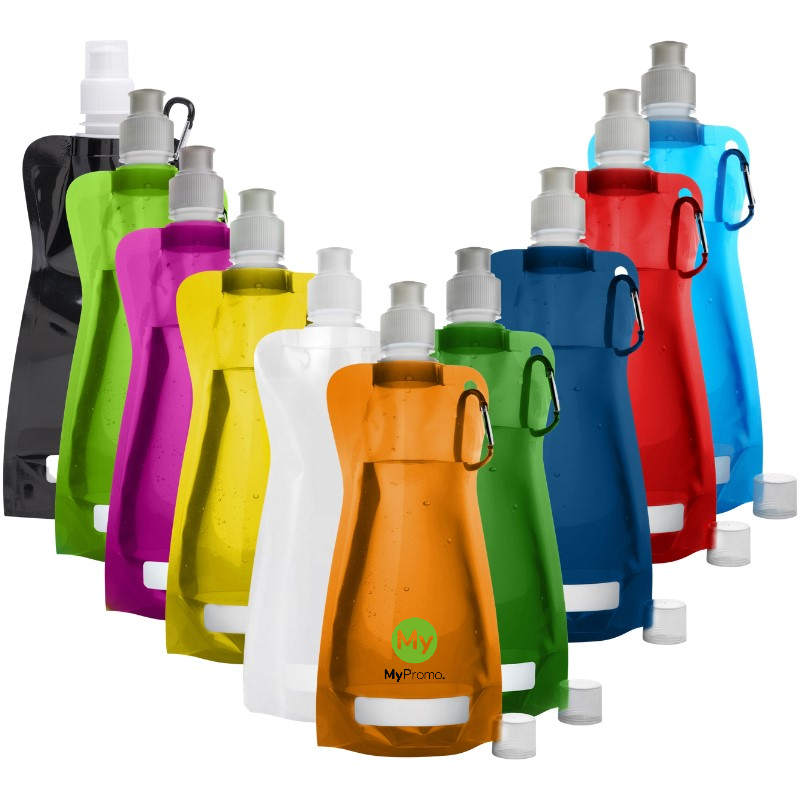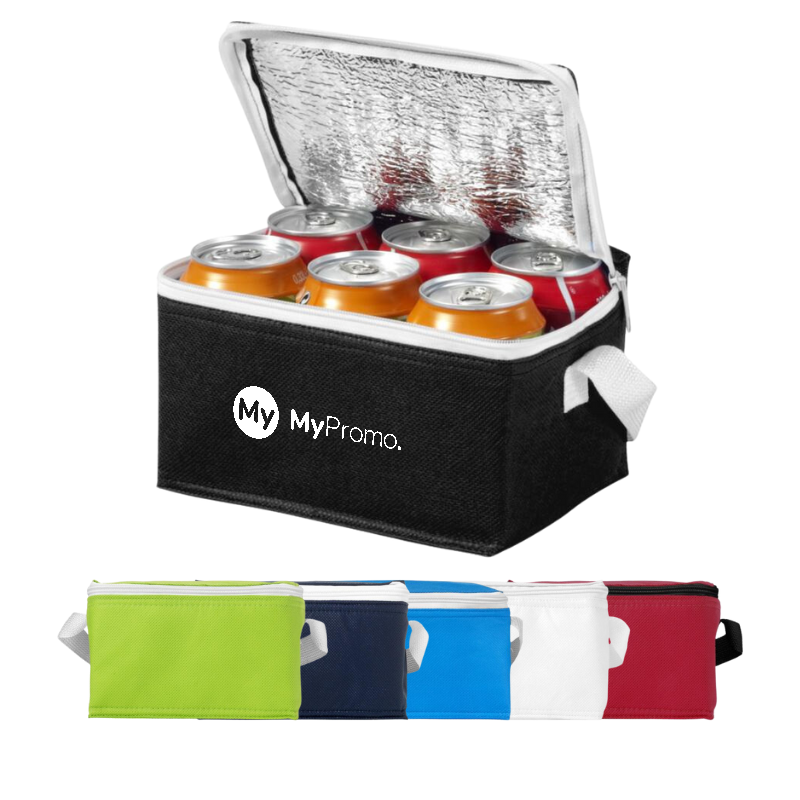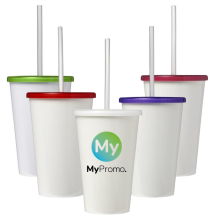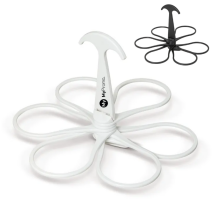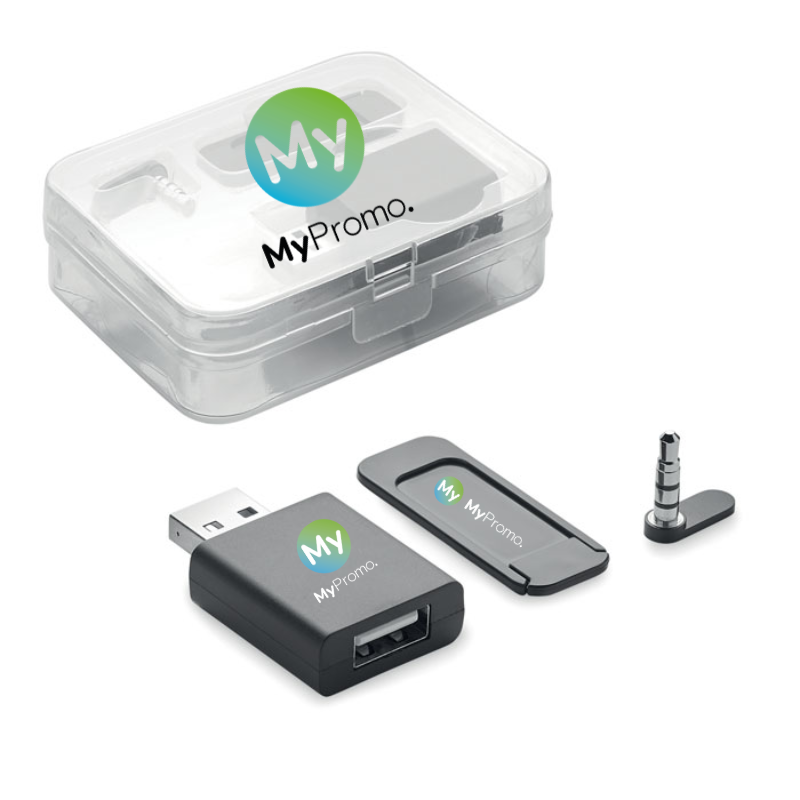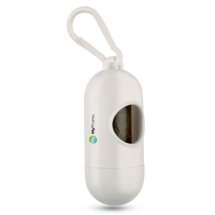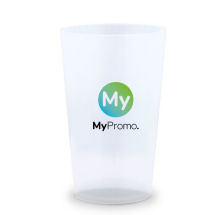PP
What is PP?
PP, or polypropylene, is a versatile thermoplastic polymer known for its durability, chemical resistance, and flexibility. Widely used in manufacturing and promotional gifts, PP is valued for its cost-effectiveness and adaptability, making it ideal for creating custom, high-quality items that can be personalized with logos and messages.
Properties and Characteristics of PP
Polypropylene is known for its excellent chemical resistance, making it suitable for use in harsh environments. It has a high melting point, which allows it to maintain its shape and strength at elevated temperatures. PP is also lightweight, contributing to its widespread use in the packaging and automotive industries. Additionally, it is highly resistant to fatigue, meaning it can withstand repeated stress without breaking down. Another key characteristic of PP is its flexibility, enabling it to be used in applications requiring both rigidity and pliability.
Applications and Examples of PP Products
PP is used in numerous applications across various industries. In the packaging industry, PP is commonly used to make containers, bottles, and caps due to its lightweight and durability. In the automotive sector, PP is used to manufacture car parts such as bumpers, dashboards, and battery cases because of its strength and durability. The textile industry uses PP fibers in products such as ropes, carpets, and upholstery due to their resilience and moisture resistance.
In the promotional gifts sector, PP is ideal for creating custom items such as reusable shopping bags, personalized water bottles, and stationery. These products can be easily personalized with company logos or messages, making them effective marketing tools that are both practical and durable.
Advantages of Using PP in Manufacturing
The use of PP in manufacturing offers several advantages. Its chemical resistance makes it suitable for use in various environments without degrading. The high melting point of PP allows it to be used in applications involving high temperatures. Its lightweight nature reduces shipping costs and makes it easier to handle and transport. Additionally, PP is highly recyclable, which aligns with sustainable manufacturing practices. The flexibility and durability of PP ensure that products made from this material can withstand significant wear and tear, providing long-lasting value.
Comparison with Other Materials
Compared to materials such as polyethylene (PE) or polyvinyl chloride (PVC), PP has a higher melting point, making it more suitable for high-temperature applications. While PE is also lightweight and durable, PP offers better chemical resistance and higher resistance to stress and fatigue. Unlike PVC, which can release harmful chemicals when burned, PP is considered safer and more environmentally friendly. However, PP is less flexible than PE and not as strong as some high-performance plastics, which may limit its use in certain demanding applications.
Challenges and Limitations of PP
Despite its many benefits, PP does have some limitations. Its lower impact resistance compared to some other plastics means it can be more prone to cracking under high stress. PP also has poor resistance to UV light, which can cause it to degrade when exposed to sunlight for extended periods. To overcome this, UV stabilizers can be added to PP products intended for outdoor use. Additionally, while PP is recyclable, it can be difficult to recycle in mixed plastic streams due to its different melting points compared to other plastics.
Properties of PP
| Property | Description |
|---|---|
| Chemical Resistance | Excellent, suitable for harsh environments |
| Melting Point | High, maintains shape and strength at high temperatures |
| Weight | Lightweight, easy to handle and transport |
| Fatigue Resistance | High, withstands repeated stress |
| Flexibility | Good, suitable for both rigid and pliable applications |
What is PP used for?
PP is used in packaging, automotive parts, textiles, and promotional products due to its durability, chemical resistance, and versatility.
Is PP recyclable?
Yes, PP is recyclable and can be reprocessed into new products, making it a sustainable choice for various applications.
How is PP produced?
PP is produced by polymerizing propylene gas in the presence of a catalyst, creating long chains of polypropylene that can be molded into various products.
What are the advantages of PP over other plastics?
PP offers higher chemical resistance, a higher melting point, and better fatigue resistance compared to many other plastics, making it suitable for a wide range of applications.
What are the limitations of using PP?
PP has lower impact resistance and poor UV resistance, which can be mitigated by adding stabilizers for outdoor applications and using it in applications that do not require high impact resistance.

